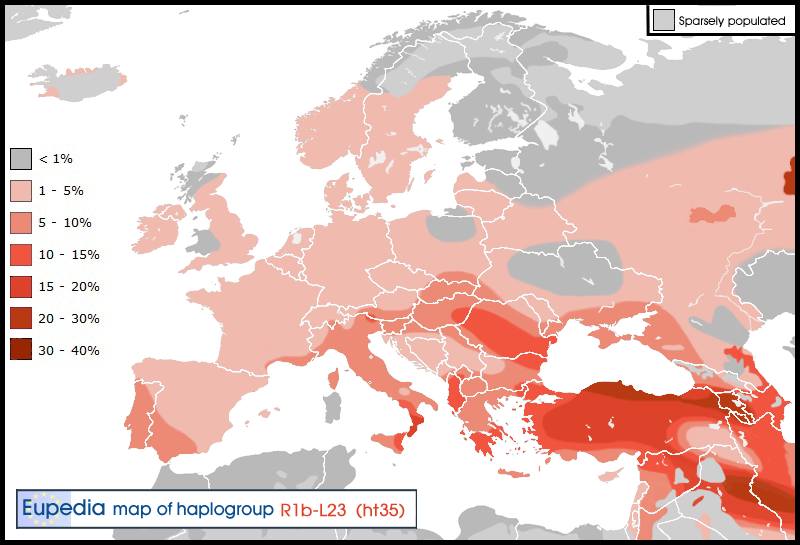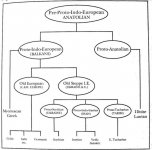Can you please reply to your post i wrote above (#354)?......please don't interfere when i wrote to other people's post....
It doesn't matter. This is a free forum, everything what someone write, members of forum can replicate. You can answer all my posts, what does it matter whether I wrote you or other people, it is your right as member of forum.
Well, You say that to Maciamo buddy....
Why do you impute? Does not make sense.
(who said about Albanians) i think you are not understanding English sufficiently
Maciamo argues that E-V13 is indigenous from South Greece/Peloponnese since 8,000 ybp...and inhabitants of Vinca Culture by 6,000 ybp where majority E-V13 and they came there from South Greece/Peloponnese.
You don't understand.
E-V13 carriers from Peloponesse, 6000 years Before Christ, have nothing with today's Albanians.
Stop that all E-V13 in history and today connect with Albanians, it is nonsense.
...
You confused because mix what Serbs in the jargon say grandmothers and frogs.
And I told you that only 3.48% E1b1b carriers in Europe and Turkey today are Albanians.
You can see Serbs in Serbia, about 639.620 males are E-V13 carriers, in Republic of Serbian (Bosnia and Herzegovina) 176.000 males are E-V13 carriers. If we take in account Serbs in Montenegro, Croatia, etc in the Balkans about 840.000 or more Serbian males are E-V13 carriers.
About 844.400 Albanians in the Balkans are E-V13 carriers (if we are precise, it is small lower because other E subclades, but it doesn't change much this amount).
Practically almost same Serbian and Albanian males in the Balkans are E-V13 carriers. Hm, if we take your logic. If in Vinca were E-V13 carriers, and because Vinca is in heart of Serbia, todays E-V13 carriers in Serbia are Vinca's descendants, Serbs are Vinca's descendants.
And we can write more. Slobodan Milosevic, president of Serbia was E-V13 carrier. Do you love Milosevic because he belonged to this haplogroup?
Can you see how thinking that all E-V13 carriers are linked with Albanian is grotesque.
...
And what do you think of this assertion (one member of this forum):
No modern population can claim that their ethnogenesis has formed during the Bronze Age.





